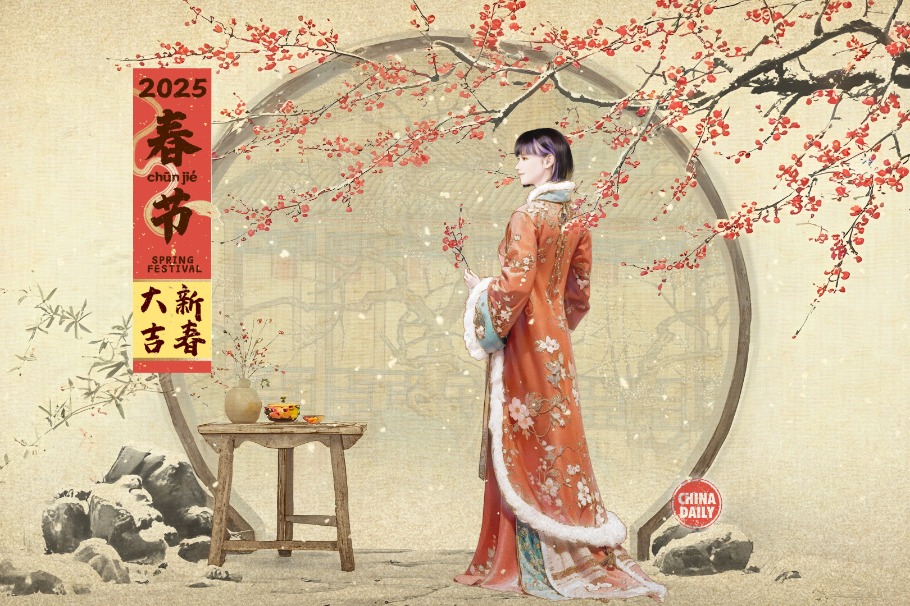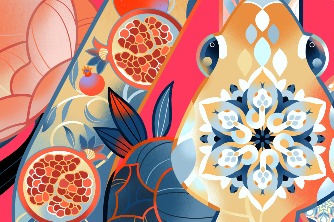Snake sticks its fangs into myth and culture
Reptile with important symbolism sees reputation grow, Wang Ru reports.


the Shang (c. 16th century-11th century BC) and Zhou (c. 11th century-256 BC) dynasties. [Photo provided to China Daily]
Han says snakes were also associated with rebirth due to their ability to shed skin and hibernate. “In ancient people’s eyes, the snakes seemed to have died, but then they cast off skin and rejuvenated. This phenomenon mirrored the concept of revival after death. Within cultural artifacts from the Shang Dynasty, snake motifs are often depicted alongside images of cicadas, known for their molting, and deer antlers, which shed and regrow annually. These symbols all represent themes of rebirth and regeneration,” says Han.
Besides the Central Plains,in the culture of ancient Shu, a state in southwestern China that lasted for more than a millennium before its fall in the fourth century BC, people had a similar understanding of the snake’s role as a messenger linking humans and the gods.
For example, a bronze snake has been pieced together with its three parts through sunmao (mortise-and-tenon) joints discovered in 1986 from a sacrificial pit of the Sanxingdui Site in Guanghan, Sichuan province, believed to be a capital of the ancient Shu state from more than 4,000 years ago.
The snake raises its head and has its tail curling upward and coiling inward, seemingly ready to initiate an attack. Since it was from a sacrificial pit, this snake is believed to be a significant prop used during sacrificial rituals in the ancient Shu, says Wang Fang, deputy director of the Jinsha Site Museum in Chengdu, Sichuan. Wang adds that the Jinsha Site, widely believed to be another capital of Shu after the decline of Sanxingdui, also yielded a dozen vivid stone snakes.
“In ancient Shu, as people ventured into and struggled to survive in the wilderness, they were often threatened by fierce snakes,”says Wang.
“Their wizards, capitalizing on people’s reverence and fear of snakes, tamed and played with the snakes, thus becoming heroes in the eyes of the people. The snake, in turn, became a helper of the gods, playing the role of a spirit animal in sacrificial activities,” she adds.
























